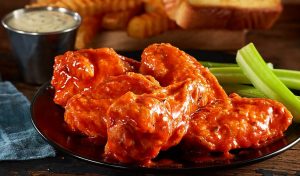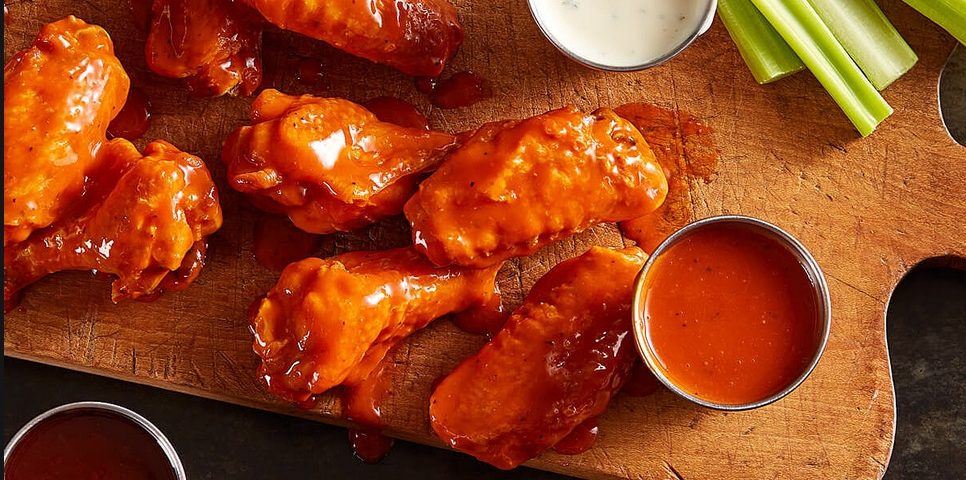
Stay Ahead of Flavor Trends to Boost Your Business! Count on Texas Pete®
October 1, 2020
Stock Up on Texas Pete® PCs And Get Ready for A Spicy 2021.
November 24, 2020If you think that fried chicken is the number one dish among chicken entrées, we’re here with a revelation. Since 2016, Datassential says the appearance of chicken wings on American menus has increased three times more than fried chicken during the same period. In fact, wings grew on menus by 9% over the past four years.
Top chains are taking notice with a flurry of new menu activity. Wingstop, a Dallas-based chain, reported a 32% sales increase during the second quarter of 2020 and opened 23 new locations during the pandemic. Recently, Buffalo Wild Wings launched four new sauces for their wings and state that they have 50 other sauces in the pipeline.
Buffalo-style sauce is the leading type of sauce used for wings
“Picking the right flavor for your next wing sauce has a lot to do with the type of customers you want to attract,” says Dan Plunkett, vice president of foodservice sales at Garner Foods®. “For example, operators wishing to attract a broader customer base are choosing our Texas Pete® Extra Mild Wing Sauce, which works well for those who fear the heat of the blazing hot wings that Gen Z and millennial customers love. For these demographics, operators choose our Texas Pete® Buffalo Wing Sauce (or mix our Texas Pete® Hotter Hot Sauce with some butter), which can take an item to 3,500 Scoville units on the heat scale.”

Buffalo-style sauce is the leading type of sauce used for wings, and boneless wings are a leading style, accounting for 28% of all wings served. Spicy wings follow at around 10%. BBQ-sauced wings are in third place, followed by wings with a sweet flavor profile.
“COVID-19 will impact weekend, dine-in and tailgate takeout customers this fall, but operators shouldn’t overlook the opportunities for ‘homegating,’” says Plunkett. “Leveraging large wing orders for curbside pickup with plenty of side and beverage options can have a positive impact on the rest of 2020 as well as on first- and second-quarter opportunities for next year.”


